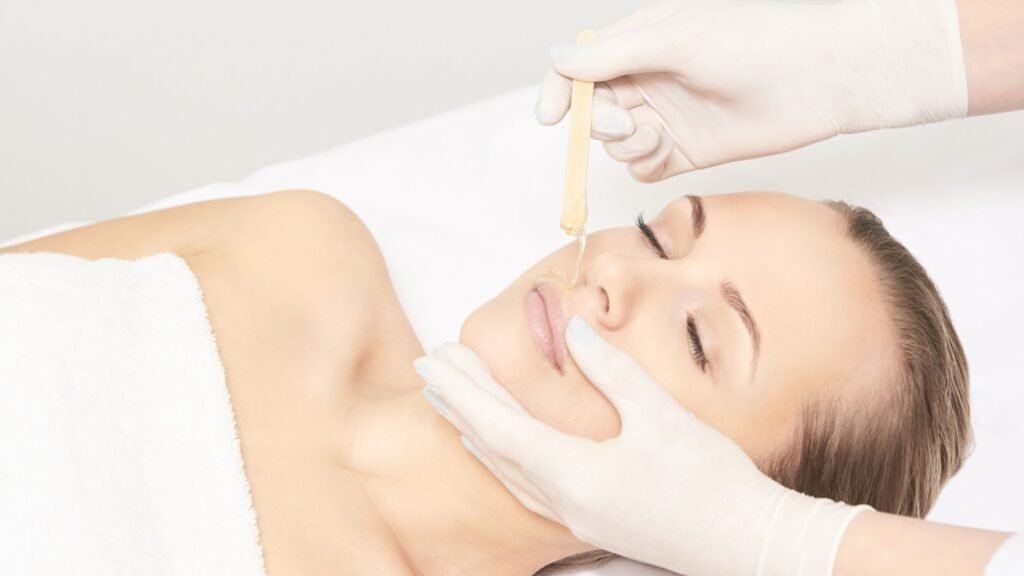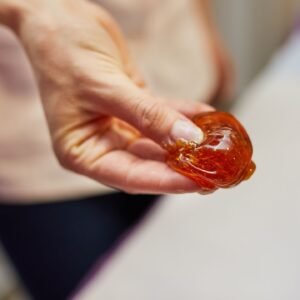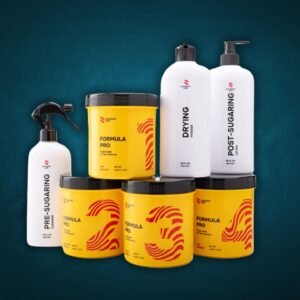Sugaring Upper Lip – The Best Way to Remove Unwanted Hair

Upper lip hair is a natural part of life, but for those who prefer a smoother look, choosing the right removal method is key. Among the many options out there, sugaring upper lip is gaining popularity as a safe, natural, and skin-friendly solution. This ancient technique has stood the test of time for a reason—it’s simple, effective, and surprisingly gentle.
Table of Contents
- Why Sugaring Is Ideal for Delicate Facial Areas
- Why Sugaring Is a Skin-Smart Choice
- Key Organic Ingredients in Our Sugaring Pastes
- Which Sugaring Paste Works Best for the Upper Lip?
- Caring for Skin After Sugaring
- Frequently Asked Questions
- What makes sugaring upper lip better than waxing?
- Is sugaring safe for sensitive facial skin?
- Which sugaring paste should I use for my upper lip?
- How should I care for my skin after sugaring my upper lip?
- Can beginners do sugaring at home?
Why Sugaring Is Ideal for Delicate Facial Areas
Sugaring is often compared to waxing, but the two methods are quite different. Sugaring uses a paste made from just three ingredients—sugar, water, and lemon juice—boiled down into a thick, amber-colored blend. Unlike wax, the sugar paste adheres only to dead skin cells and hair, not to live skin. This makes it far less irritating, especially on the sensitive skin above the lip.
Because the paste is removed in the direction of hair growth, rather than against it, the process is less painful and helps prevent breakage and ingrown hairs. With repeated use, it can even lead to finer and slower regrowth—perfect for anyone looking for a longer-lasting smoothness.
Why Sugaring Is a Skin-Smart Choice
Facial skin is thinner and more reactive than other parts of the body. Methods like shaving or chemical depilatories might offer speed, but they often come with downsides like irritation, stubble, or dark shadows. In contrast, sugaring upper lip gently removes hair from the root without disrupting your skin’s natural barrier.
Another reason this method stands out is its clean ingredient list. There are no artificial chemicals, fragrances, or synthetic waxes involved—just natural components that are easy on sensitive skin. It’s a more conscious, eco-friendly alternative to traditional hair removal options.
Which Sugaring Paste Works Best for the Upper Lip?
Choosing the right consistency is important when working on small, detailed areas like the face. From the Sugaring Labs product line, the Soft Sugar Paste is a top pick. It spreads easily, adapts well to the temperature of the skin, and captures even the finest hairs along the upper lip line. For those who prefer a slightly firmer texture—especially in warmer environments—the Medium Soft Paste provides more control while still being safe for facial use.
Try our different types of sugaring paste:
Beginners can start with pre-made pastes to skip the guesswork and avoid temperature mishaps. Just be sure to work in a clean area, and prep the skin with a gentle cleanser and talc-free powder for best results.
Caring for Skin After Sugaring
After removing hair with sugar paste, the skin can be slightly tender. To help it recover, avoid touching the area or applying makeup for at least 12–24 hours. It’s also a good idea to skip exfoliants, saunas, and direct sun exposure right after treatment.
For long-term care, exfoliate the area gently two days after sugaring and continue doing so a few times per week. This helps prevent clogged pores and supports smooth regrowth.
If you’re searching for a hair removal method that’s as kind to your skin as it is effective, sugaring upper lip is worth a try. It’s rooted in nature, easy to master at home, and leaves your skin feeling soft—not stripped. No harsh chemicals, no razor burn—just sweet, simple smoothness.
Frequently Asked Questions
What makes sugaring upper lip better than waxing?
Sugaring differs from waxing in both ingredients and technique. It uses a natural paste made of sugar, water, and lemon juice, which sticks only to hair and dead skin—not live skin. This results in less irritation and discomfort, making it gentler and more suitable for sensitive areas like the upper lip.
Is sugaring safe for sensitive facial skin?
Yes, sugaring is ideal for delicate facial skin because it’s free from synthetic chemicals and fragrances. The paste is all-natural and less likely to cause redness or allergic reactions compared to shaving or depilatory creams.
Which sugaring paste should I use for my upper lip?
For the upper lip, a soft sugar paste works best as it spreads easily and grabs fine hairs. If you’re in a warmer climate or prefer more control, a medium soft paste can be a better option while still being safe for facial use.
How should I care for my skin after sugaring my upper lip?
Post-sugaring care includes avoiding makeup, heat, and sun exposure for at least 12–24 hours. Begin gentle exfoliation two days later to prevent ingrown hairs and maintain smooth skin.
Can beginners do sugaring at home?
Absolutely! Beginners can use pre-made sugaring pastes to avoid temperature issues. Just make sure to prep the area with a gentle cleanser and talc-free powder, and always work in a clean environment.










